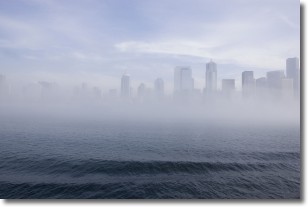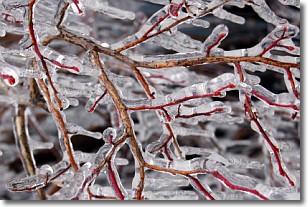Weather Alert in North Carolina
Flood Watch issued May 12 at 3:51AM EDT until May 13 at 8:00AM EDT by NWS Greenville-Spartanburg SC
AREAS AFFECTED: Avery; Alexander; Yancey; Mitchell; Southern Jackson; Transylvania; Henderson; Caldwell Mountains; Greater Caldwell; Burke Mountains; Greater Burke; McDowell Mountains; Eastern McDowell; Rutherford Mountains; Greater Rutherford; Polk Mountains; Eastern Polk; Pickens Mountains; Greenville Mountains
DESCRIPTION: * WHAT...Flash flooding caused by excessive rainfall continues to be possible. * WHERE...Portions of North Carolina, including the following areas, Alexander, Avery, Burke Mountains, Caldwell Mountains, Eastern McDowell, Eastern Polk, Greater Burke, Greater Caldwell, Greater Rutherford, Henderson, McDowell Mountains, Mitchell, Polk Mountains, Rutherford Mountains, Southern Jackson, Transylvania and Yancey and Upstate South Carolina, including the following areas, Greenville Mountains and Pickens Mountains. * WHEN...From 10 AM EDT this morning through Tuesday morning. * IMPACTS...Excessive runoff may result in flooding of rivers, creeks, streams, and other low-lying and flood-prone locations. * ADDITIONAL DETAILS... - A slow-moving storm system is expected to bring multiple rounds of showers and storms today through tonight. Runoff from the moderate to heavy rainfall will likely cause flooding. The heaviest rainfall and greatest risk for flash flooding is expected along the Blue Ridge Escarpment and the southern and eastern-facing slopes of the mountains in western North Carolina. Rainfall totals of 3 to 5 inches with isolated amounts between 4 and 6 inches are possible in these areas. This will not be anywhere near the magnitude of flooding that occurred during Helene. - http://www.weather.gov/safety/flood
INSTRUCTION: A Flood Watch for flash flooding means there is a potential for rapid onset flooding based on current forecasts. Flash flooding is a very dangerous situation and may impact areas that do not typically flood. Please monitor the latest forecasts and be prepared to take action quickly should Flash Flood Warnings be issued. Rainfall of more than five inches in similar storms has been associated with an increased risk of landslides and rockslides. If you live on a mountainside or in a cove at the base of a mountain, especially near a stream, be ready to leave in advance of the storm or as quickly as possible should rising water, moving earth, or rocks threaten. Consider postponing travel along mountain roads during periods of heavy rainfall.
Want more detail? Get the Complete 7 Day and Night Detailed Forecast!
Current U.S. National Radar--Current
The Current National Weather Radar is shown below with a UTC Time (subtract 5 hours from UTC to get Eastern Time).

National Weather Forecast--Current
The Current National Weather Forecast and National Weather Map are shown below.

National Weather Forecast for Tomorrow
Tomorrow National Weather Forecast and Tomorrow National Weather Map are show below.

North America Water Vapor (Moisture)
This map shows recent moisture content over North America. Bright and colored areas show high moisture (ie, clouds); brown indicates very little moisture present; black indicates no moisture.

Weather Topic: What is Fog?
Home - Education - Cloud Types - Fog
 Next Topic: Fractus Clouds
Next Topic: Fractus Clouds
Fog is technically a type of stratus cloud, which lies along the
ground and obscures visibility.
It is usually created when humidity in the air condenses into tiny water droplets.
Because of this, some places are more prone to foggy weather, such as regions
close to a body of water.
Fog is similar to mist; both are the appearance of water droplets suspended in
the air, but fog is the term applied to the condition when visibility is less than 1 km.
Next Topic: Fractus Clouds
Weather Topic: What is Freezing Rain?
Home - Education - Precipitation - Freezing Rain
 Next Topic: Graupel
Next Topic: Graupel
Freezing rain is a condition where precipitation which has fallen in the form of
water droplets reaches temperatures which are below freezing and freezes upon
coming into contact
with surface objects. The result of this precipitation is a glaze of ice which
can be damaging to plants and man-made structures. A severe onset of freezing
rain which results in a very thick glaze of ice is known as an ice storm.
Next Topic: Graupel
Current conditions powered by WeatherAPI.com




